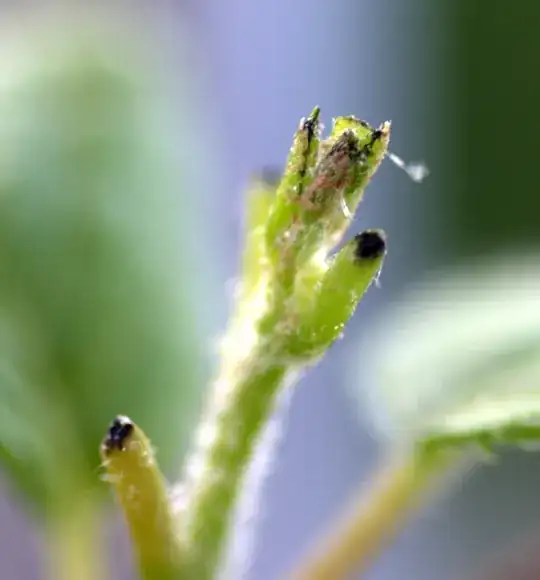Okay, so you've said there are drainage holes in the pot, that the growing medium you've used is a type of potting compost suitable for potted plants. You've also said the root ball of the plant is very small compared to the volume of soil in the pot. That isn't good - you're watering to keep all the soil moist, but the rootball is small - there's a risk of 'souring' of the compost in these situations, and that may kill a plant. It's always advisable to start with a pot that's not much bigger than the rootball, then increase the pot size as the plant grows for any plant.
However, Kiwi is a rapid grower - I'd suggest a pot half the size of the one you currently have as a maximum, then potting on into your larger pot when its necessary. I realise this is a bit of a nightmare, because these plants are difficult to handle once there's a lot of topgrowth - you may feel its more risky to repot once its larger than the risk associated with it planted the way it is now.
If there's no evidence of any problems currently, other than what I think I can see in the picture, you could just keep your fingers crossed and leave it as it is.
UPDATED ANSWER: So I wasn't imagining things, there is some blackening going on. These plants can get fungal infections, usually because they're too wet at the roots - you've been watering daily in order to keep all that planting medium moist enough, so I think its a good decision to move to a smaller pot in the meantime. Water it in well when you've moved it - after that, water when the surface of the planting medium is just dry to the touch, and not at all if it feels wet. Depending on air temperature and sun exposure, it may not need watering daily, might even be every 4, 5 or 7 days, so check before you water. Although they like a good supply of water and hate to dry out completely, they also don't like being very wet at the root all the time.
Wait and see if that black spreads or the leaves open out normally, just with black tips - the shoot otherwise looks healthy, and it might only be where the tips have got nipped in a sharp frost or sudden cold.

